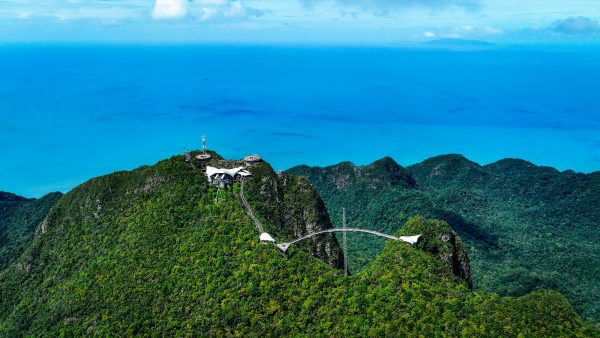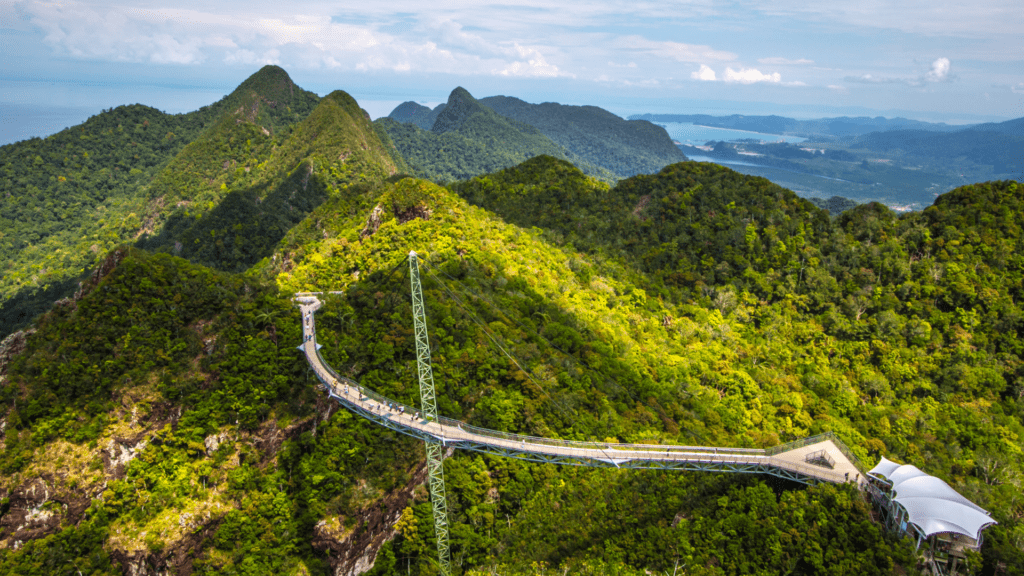LANGKAWI, 12 June 2025: Long before Langkawi became a name whispered among travellers seeking beaches and sunsets before the first fisherman ever cast a net here — this land held a deeper story. A geological one: A story etched not in memory but in stone.
Gunung Machincang, one of Langkawi’s most iconic peaks, is more than a backdrop to sweeping cable car views — it’s a time capsule. Its origins stretch back some 550 million years to when the earth was reshaping itself with titanic force as the Australian tectonic plate collided with the Asian landmass. An immense geological ballet evolved, slowly sculpting the face of Southeast Asia.

Langkawi, then part of a vast ancient river delta, lay submerged under shallow seas and sediment-rich waters. Sand settled swiftly in the faster shallows; mud and silt drifted deeper, forming distinct layers. Over unfathomable epochs, these sediments were compressed into the sandstone and mudstone we see today — some of the oldest exposed rocks in all of Malaysia.
And there are moments, preserved in rock, that still take the breath away. One such fossilised wonder rests quietly between the upper observation decks of the Langkawi SkyBridge — ancient ripple marks in fine sandstone, likely caused by dust or volcanic ash settling on a beach long, long ago. It’s like time, caught mid-whisper.
Then there’s the stonework that may have inspired the mountain’s original name — Gunung Mat Cincang. In Malay, ‘cincang’ (pronounced chin-chung) means to chop meat into cubes. And when you peer down from the viewing decks, you’ll see weathered sandstone breaking naturally into square, almost hand-carved-looking blocks — as if some giant spirit had been preparing a feast.
But the island’s geological drama didn’t stop with sandstone. As tectonic pressures folded and warped the Earth’s crust, magma surged upward beneath what is now Gunung Raya. Though it never erupted — the surface tension wasn’t quite enough — the molten rock cooled underground, forming a massive granite dome. This natural plug sealed the vent and, over centuries, became the heart of Langkawi’s highlands. Some of this ancient granite was quarried in more recent decades to build the roads that now connect the island’s towns and beaches — a small, human echo of a grand, geological past.
Today, visitors to Gunung Machincang may come for the view — but those who linger learn that the real story lies beneath their feet. Every stone, every ridge, every fault line is a chapter in Earth’s deep history, laid bare in Langkawi like a library carved in stone. And in that knowledge, a deeper connection emerges — between the land, its people, and the vast arc of time that brought them here.
For more information, visit https://naturallylangkawi.my/2025/
(Source: Naturally Langkawi)







